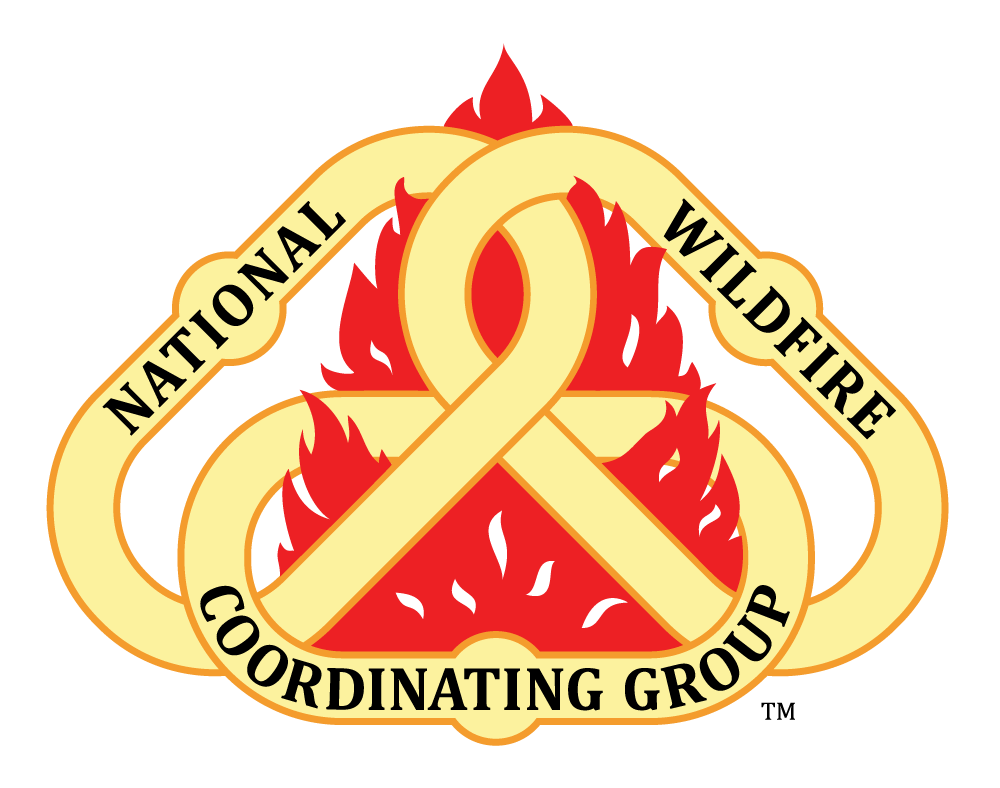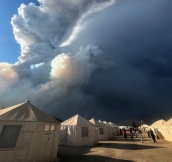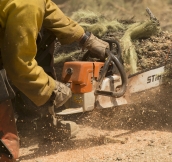
Load and Return
Intent
Understand the improved efficiencies in the tactical use of fixed-wing airtankers and fire suppression chemicals. Recognize the risks that fire suppression chemicals can present to firefighters and local species.
Facilitator Preparation
- Review the video and module tools.
- Consider additional activities and discussion questions pertinent to the location and agency.
Facilitating the Discussion
- Show the video.
- Facilitate a small or large group discussion using the discussion questions.
Discussion Questions
- What are the three types of fire suppression chemicals? Explain the benefits of each one?
- Explain the concerns with fire chemicals getting into streams and waterways? Are their concerns at your home unit with local species being impacted by fire chemicals?
- What types of injuries could occur if a firefighter was in the drop zone of an airtanker?
- What coverage levels work best in the predominant fuels locally?
- What are some of the advantages of the new generation airtankers?
Resources
- Publication: Incident Response Pocket Guide, PMS 461, specifically
- Aerial Retardant Safety
- Recommended Retardant Coverage Levels
- Reporting Fire Chemical Introductions
- Website: Interagency Wildland Fire Chemicals Policy and Guidance
- Website: USFS Aerial Retardant Avoidance Areas Map Viewer
- Website: Aerial Fire Retardant Avoidance Maps
- Publication: Interagency Standards for Fire and Fire Aviation Operations (Red Book) - Chapter 12, Suppression Chemicals and Delivery Systems
Additional Video Information
- This video is also available as a download (zip file, size 197 MB) with .srt file for closed captioning (you may need to right click and Save As). For information on how to add closed captioning to a video, see this how to page.
- Note: For Chrome, Firefox, and Edge, right click the word download and select Save Link As; for Internet Explorer (IE), right click and select Save Target As.





